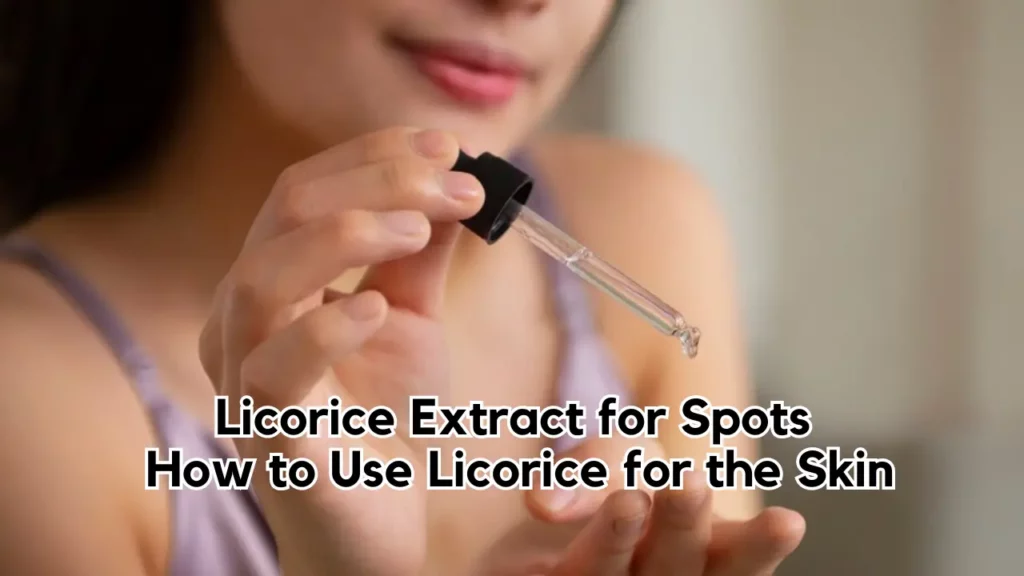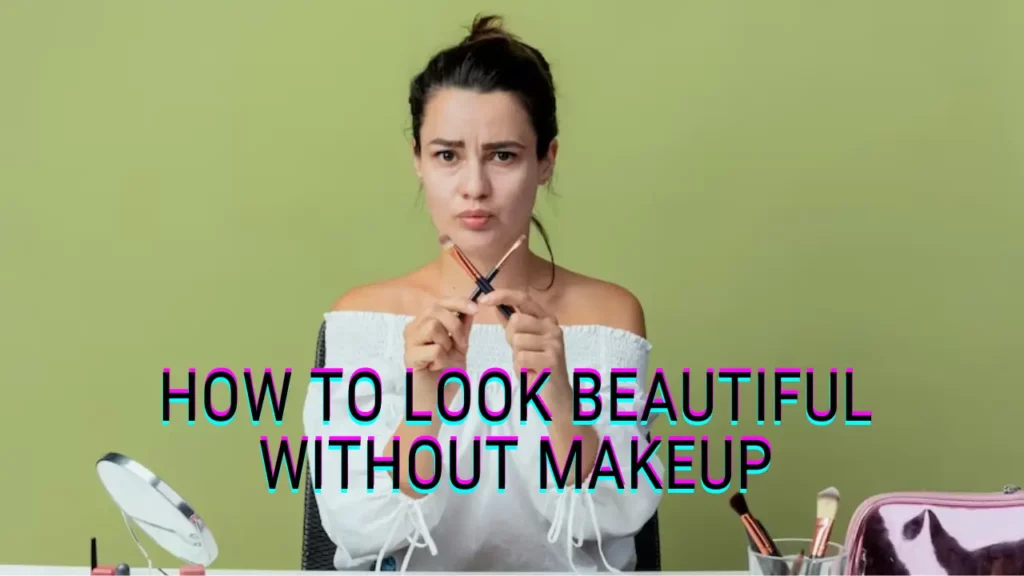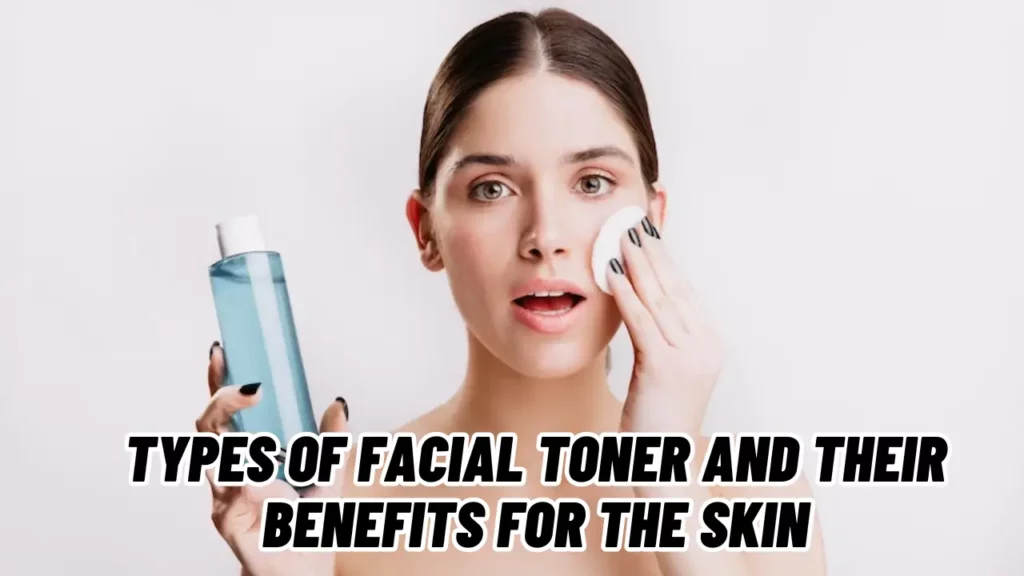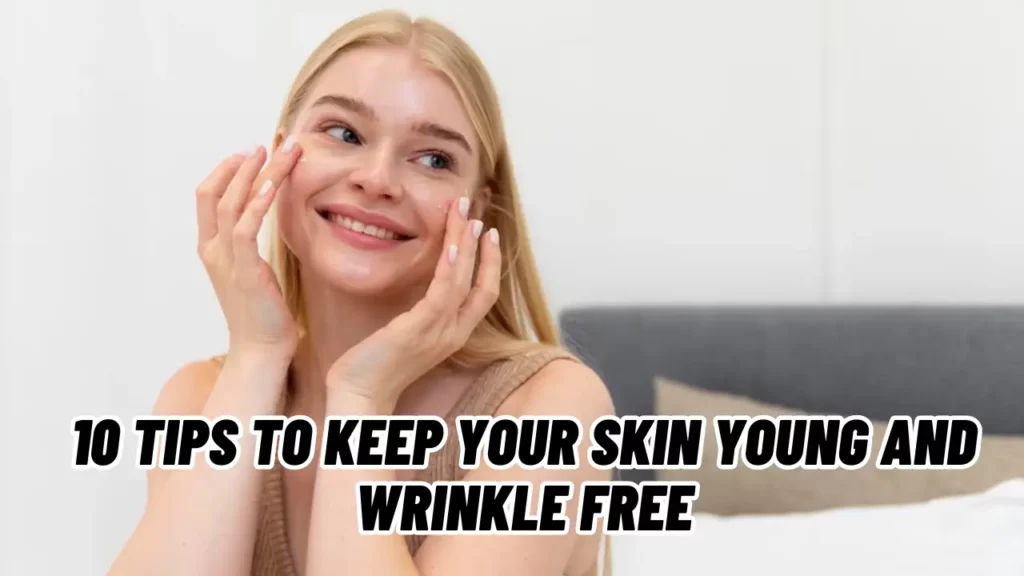Licorice extract or licorice extract root is part of the composition of well-known creams such as Melanyc from skinclinic, Meladerm from Civant, Resist Skin Transforming multi-correction treatment from Paulas Choice or Bioderma Photoderm M SPF 50+.
What I mean by this is that it is a compound widely used in formulating facial depigmentation and anti-blemish creams.
You can also find a licorice extract labeled as Licorice, which is its name in English.
Its INCI name is glycyrrhiza glabra, and according to the European Union, its cosmetic activity is soothing, smoothing, emollient, and moisturizing.
It can be easily found in herbal stores since it is used orally for the traditional treatment of peptic ulcers, as a protector of the gastric mucosa, antitussive, expectorant, antiplatelet agent, and anti-inflammatory.
Due to the side effects and interactions with medications that they present, I do not recommend that you use licorice extract orally without being advised by a doctor or pharmacist.
And even avoid its consumption as candy or in teas if you are under pharmacological treatment. I detail this point or them at the end of the post.
Regarding its application topically, that is, on the skin, it has antiviral activity, with quite good results on herpes simplex, so it can be applied to control oral herpes since it prevents its replication.
They also have an antioxidant, estrogenic, and depigmenting effect.
What is Licorice Extract or Licorice?
Licorice extract or Licorice comes from the plant that gives Licorice its name, and the rhizomes, the root, are used.
Its botanical name is Glycyrrhiza glabra.
Licorice extract can be obtained simply by decocting the root in water after spraying it, although I think buying it is much easier than going through a lot of trouble.
Furthermore, the fraction that interests us as a depigmentant is the fat-soluble fraction, which would lose effectiveness.
The one you can find as a solution in herbal stores is usually in a preparation containing glycerin or an alcoholic solution. Both are suitable.
Glycerin is also a skin moisturizer that will help increase skin moisture, improve hydration, and help the product penetrate properly, creating a film effect. This is necessary because substances that are soluble in water have many problems crossing the skin barrier, with a fraction of this extract being water-soluble.
Composition of Licorice or Licorice Extract
The composition of licorice extract has been well studied, as has its pharmacological activity. As you can see, it is quite complex, and the following active ingredients are especially worth highlighting:
- Glabridin
- Glycyrrhizin
- Hispalabridin
- Isoliquiritin
It also contains:
- Vitamin C and thiamine
- Beta-carotene
- malic acid
- Salicylic acid
- O-acetylsalicylic acid
- Asparagina
- Glycyrrhetic acid
- Betulinic acid
- Fructose
- Glucose
- Licoflavonol
- Licoricidin
- Saccharose
- formononetin
- Glabrol
- Glabrona
- Glycerol
- Glycerin
- Isoliquiritigenin
- Licoricona
- Propenylanilose

Activity on Stains of Licorice Extract or Licorice
Of the active ingredients of Licorice or Licorice, the first thing that stands out is its ability to disperse the pigment, which attenuates the stain as the pigment corpuscles are not so grouped.
Its inhibition of the thyroxinase enzyme, which makes it a depigmentant, and its anti-inflammatory capacity make it the substance of choice in people with post-inflammatory hyperpigmentation and azelaic acid.
The active ingredients in this extract responsible for inhibiting the tyrosinase enzyme are glabridin, hispaglabridin, and isoliquiritin.
When it is inhibited, the pigment stops producing, and synthesis stops.
It also has a melanin-reducing action, which, crudely, means that it destroys the already-formed pigment.
Glabridin, in particular, is hydrophobic, which means it has good skin penetration capacity and inhibits thyroxine synthesis and pigmentation due to ultraviolet B radiation.
In addition to tyrosinase, it inhibits superoxide dismutase and cyclooxygenase,
Which has an anti-inflammatory effect. And let’s remember that one of the mechanisms of skin pigmentation is through the SCF and endothelin 1 activated by interleukin 1 alpha… Overall, it is good that it is anti-inflammatory.
There is a study in which it is shown that at a concentration of 0.4% in combination with retinoic acid, not to be confused with retinol, it reaches the same level of depigmentation as hydroquinone, which is the gold standard.
And I tell you the same thing as always: one study does not create a professorship; 500 can, but one is not a joke. So maybe in a year, this movie will vary.
Another important fact is that there is no evidence that it is cytotoxic, as with hydroquinone, so the risk of hypopigmented areas is considerably reduced.
In other words, the risk of it getting out of hand and producing white spots does not arise.
The minimum time of use to see some effect is 4 weeks. At first, due to its direct action on the pigment already formed, you may see a decrease in tone, but the inhibition of tyrosinase will mark the change. Since it is an inhibition, this takes time until you have lost the layers of cells on the one that already has less pigment; due to the inhibition, you will not be able to appreciate that change.
You also have to remember that you do not lose cells from the stratum corneum uniformly, so you will not wake up one morning and see your face like a baby’s butt because the skin you see is not the one that was created once the enzyme is inhibited. It will take about 28 days to appear; this is an estimate.
This substance is a mild depigmentant so that you can use it in the maintenance stage, and it will also help you fight against skin aging.
Without miracles, let’s be clear: contrary to what you may think, a lightning agent can be a very good option since those that are very powerful also have side effects, including skin irritation.
As I have already told you to the group of women with melasma whose triggering factor once this problem has established is skin irritation, very powerful depigmentants cause a rebound effect.
It is typical to use powerful depigmentants such as hydroquinone and achieve the opposite effect.
Thus, while the skin is subjected to the effect of this depigmenting, which artificially stops the synthesis but simultaneously irritates the skin when they stop having an effect because you stop applying them, the mother of all spots is unleashed.
If we explain it another way, this is as if you are continually touching your skin, and it has it saved for when the chemical compound you are using stops limiting its synthesis.
How to use Licorice Extract or Licorice
You may look for it on the labeling of a cosmetic cream. I mentioned a few at the beginning of the post, and you must be clear that it must appear in the first position on the label.
If you decide to use the extract directly, several companies provide it. In that case, you aim to look for a licorice extract, preferably solubilized in glycerin or alcohol.
If you use it with alcohol, then you have to apply a moisturizing cream because alcohol, as I already explained in this post, is a skin desiccant as well as an irritant. Still, it can be counteracted both by the ability of the Licorice extract itself and by the anti-inflammatory substances it may contain. The moisturizing cream.
My recommendation is that it is better to use glycerin.
The problem with the extracts is that it is brown and leave that color on the face. Using it during the day is inappropriate because it looks strange.
You must also remember that using it from figs to pears or for less than 4 weeks is throwing away money and your hopes with it.
If you buy it as an extract, it is used as if it were a serum, and you have to adjust the amount to how comfortable you are because the glycerin can leave it feeling greasy. I don’t know how to explain it better.
Interactions of Licorice taken Orally
If you are passionate about phytotherapeutics or you like candies, teas, or other products that contain Licorice, there are a couple of things that you have to take into account, especially if you are under medication.
As it is logical to think, this will depend on consumption. That is, if you take it from figs to pears, nothing happens either, but if you are one of those who put a box of licorice candies between your chest and back every other day, also while under medication, it can be a problem, and perhaps the symptoms you have are due to this.
I tell you this because I have had a patient whose symptoms were caused by his consumption of licorice candies, and meanwhile, his neurologist was going crazy. It’s not that one is very smart. It’s that they buy everything at the pharmacy, and there It is where he sings; however, the doctor is not told these things.
And it makes sense to see how you will relate your love for Licorice with tingling in the tips of your fingers or muscle weakness, and even more so if it concerns older people.
If you are crazy about Licorice, you must look for products on the market that do not contain its active ingredient.
Normally, the one that usually causes problems is glycyrrhizin.
The most problematic groups are anticoagulants, diuretics, and antihypertensives. You should consult with your pharmacist.
You have to be especially careful if you are taking any of these medications:




